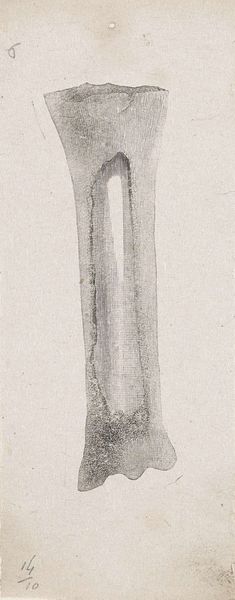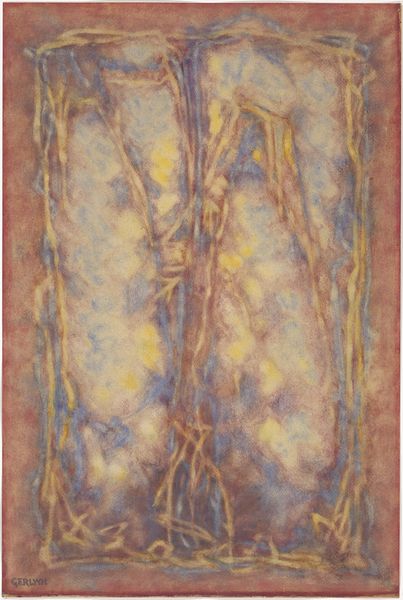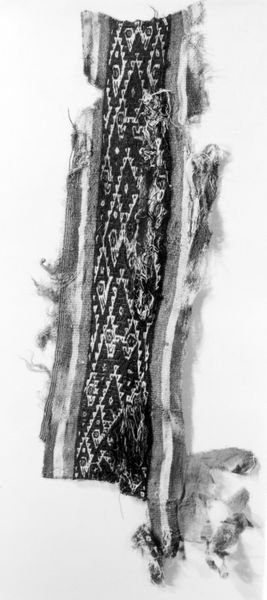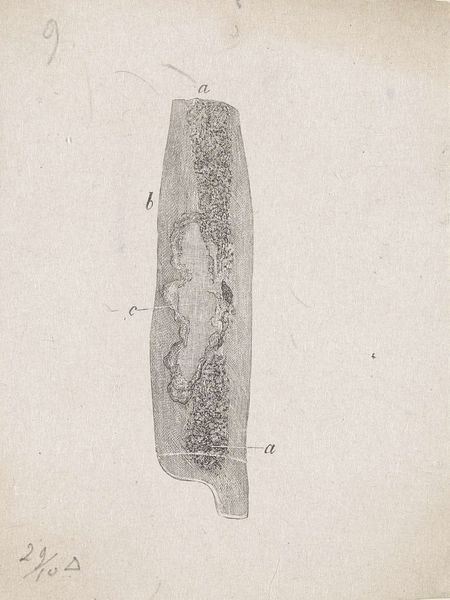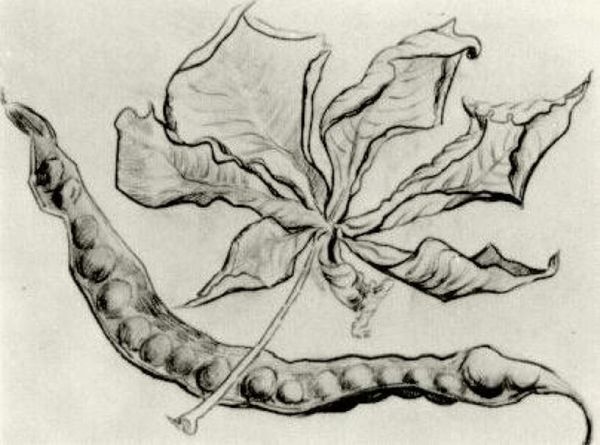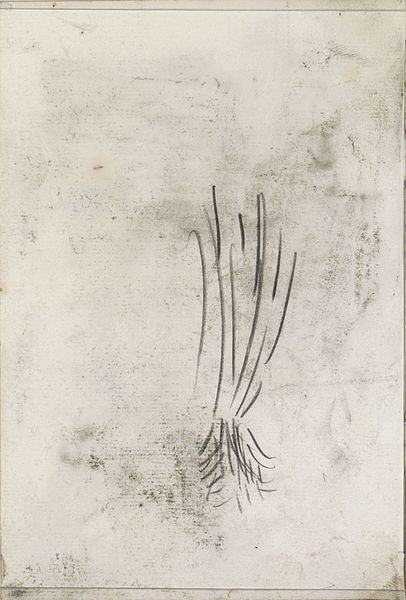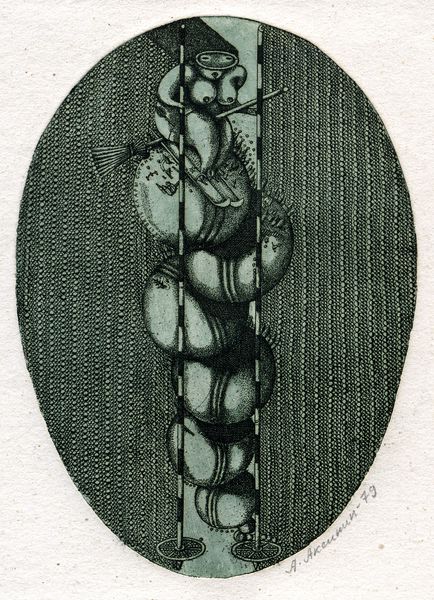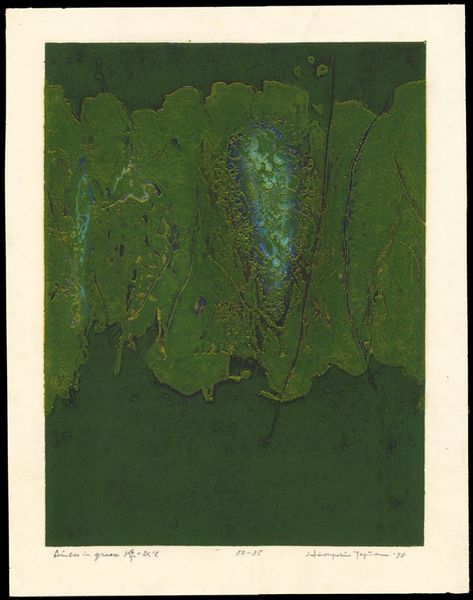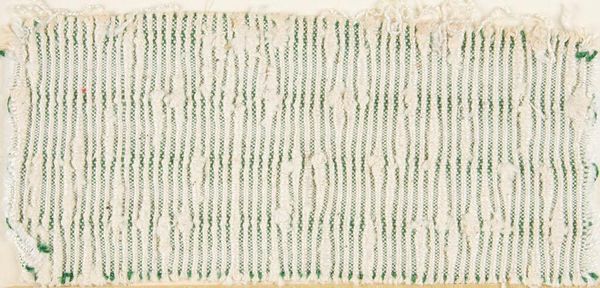
painting, watercolor
#
portrait
#
art-nouveau
#
painting
#
figuration
#
watercolor
#
coloured pencil
#
symbolism
Copyright: Public domain
Curator: Here we have Gustav Klimt's "Portrait of Gertha Felssovanyi" from 1902. It's rendered with watercolor and colored pencil, offering a glimpse into Klimt's portraiture during his Art Nouveau phase. Editor: It’s ethereally beautiful, yet subdued. The pastel colors create an atmosphere of fragility. There's a sense of melancholy clinging to her expression, isn't there? Curator: Definitely. It speaks to a transitional aesthetic in Vienna at the turn of the century. We see it not only in Klimt’s evolving symbolism, but also within the role of women within the intellectual milieu. What societal expectations were pressed upon this sitter? And how did they translate across gender boundaries? It’s an elegant image. Editor: True. The delicacy seems deliberate— almost as if Klimt is unveiling something ephemeral about feminine identity, or perhaps revealing how women were perceived within his social orbit. This reminds us of an aesthetic pursuit of fleeting beauty... a mirror into their status during this period, where the idealized image of women started cracking under the socio-economic transformation in society. Curator: Note how Klimt employs the symbolism of light and shadow. Gertha emerges, barely defined, from a ground of blended color, reflecting anxieties of self-expression within this gilded age, particularly through this veil that shrouds her being. Her eyes lock with ours, seeking recognition, connection – something just beyond reach. Editor: It raises an interesting point about portraiture and representation during Klimt's era. Unlike earlier aristocratic portraits meant to immortalize power, we have an exercise of revealing and concealing at once. The piece reflects broader conversations happening within the artistic communities; the role of art within shifting political landscapes. Curator: Exactly. "Portrait of Gertha Felssovanyi" reminds us that portraiture does more than capture a likeness. The painting is an intersection point reflecting a society in transition and changing expectations around gender and identity in the process. Editor: Well said. Considering this artwork today, it opens questions around feminine agency and societal roles from more than a century ago, underscoring just how enduring some of these themes remain.
Comments
No comments
Be the first to comment and join the conversation on the ultimate creative platform.
